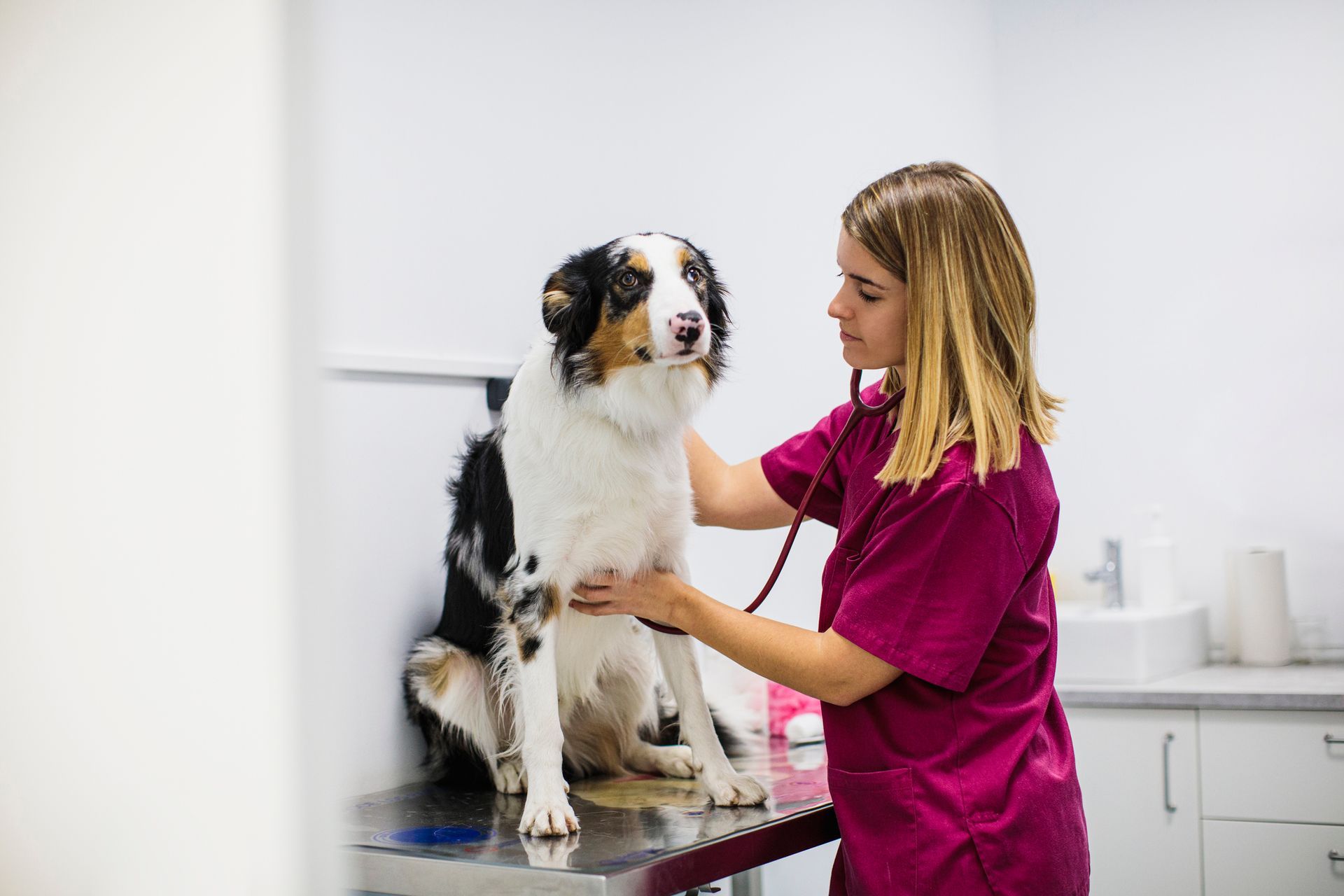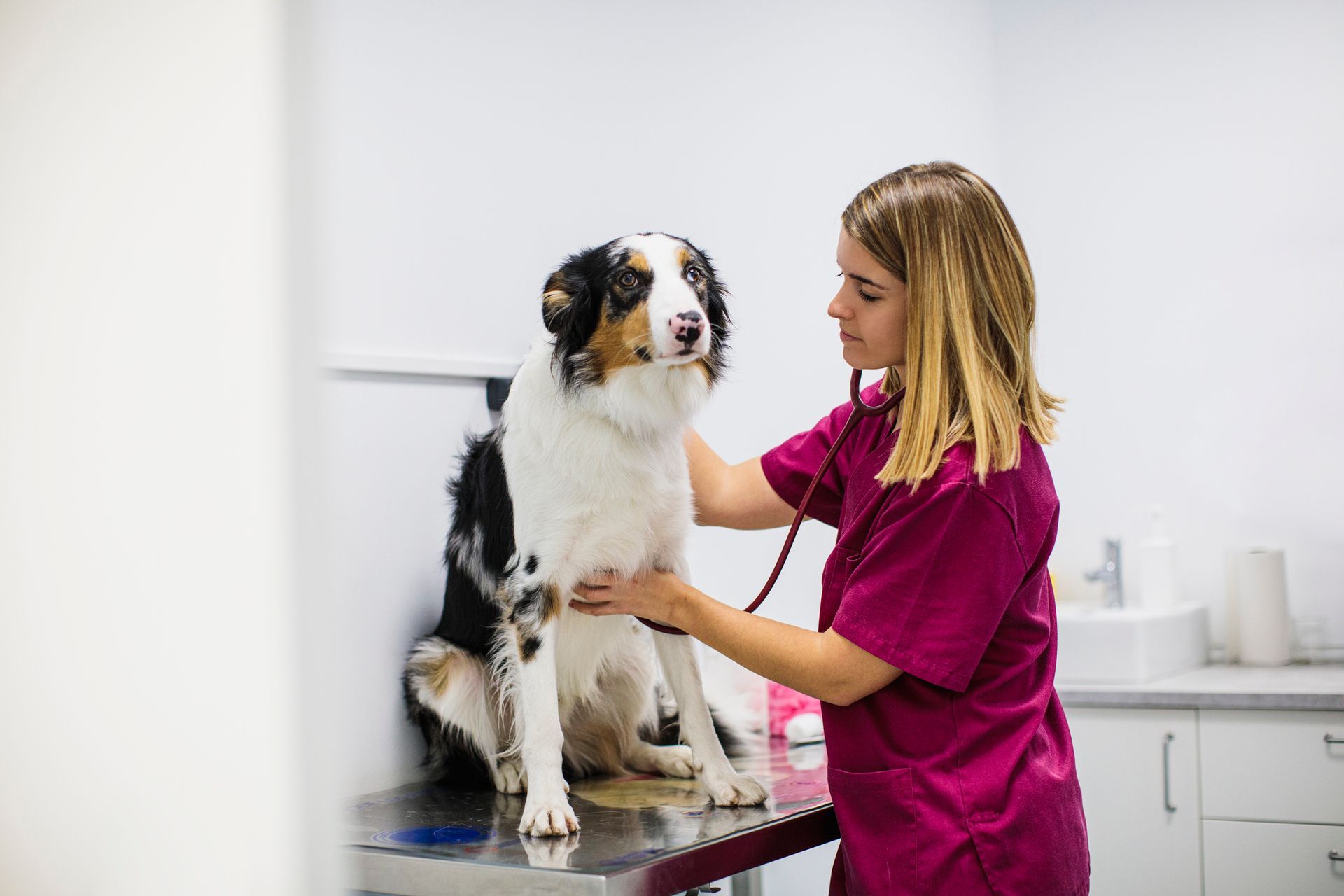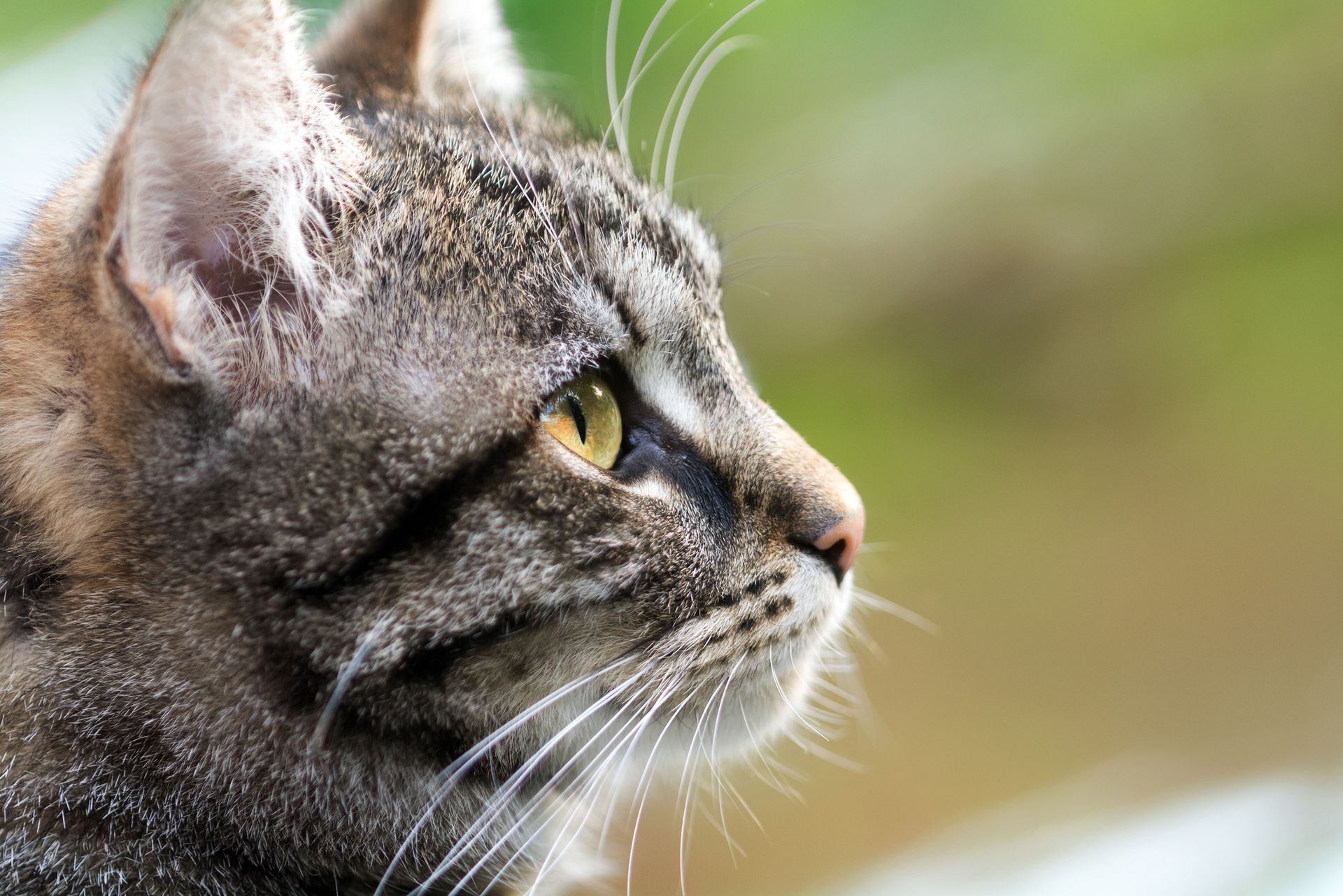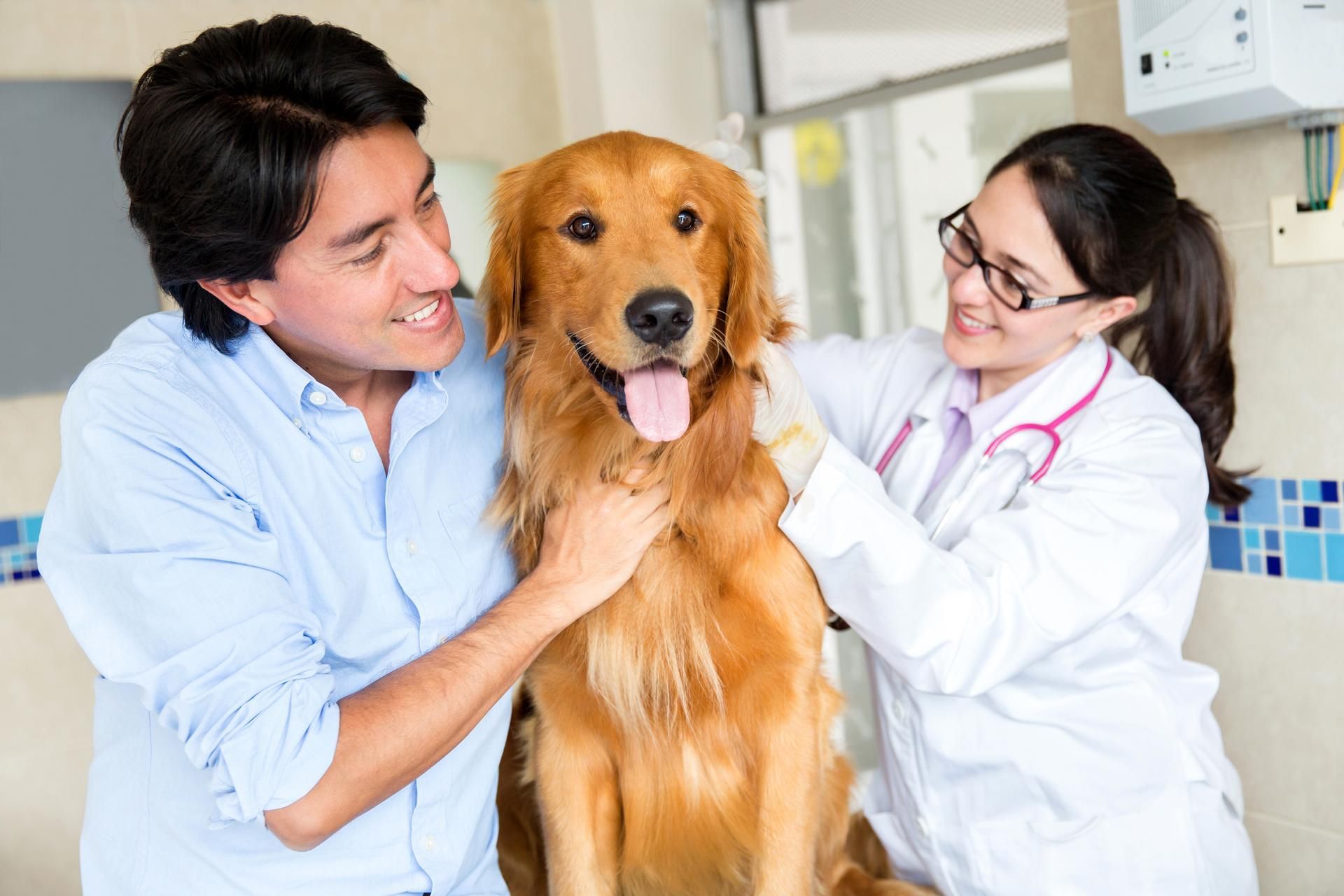Tooth Resorption in Cats: What You Should Know
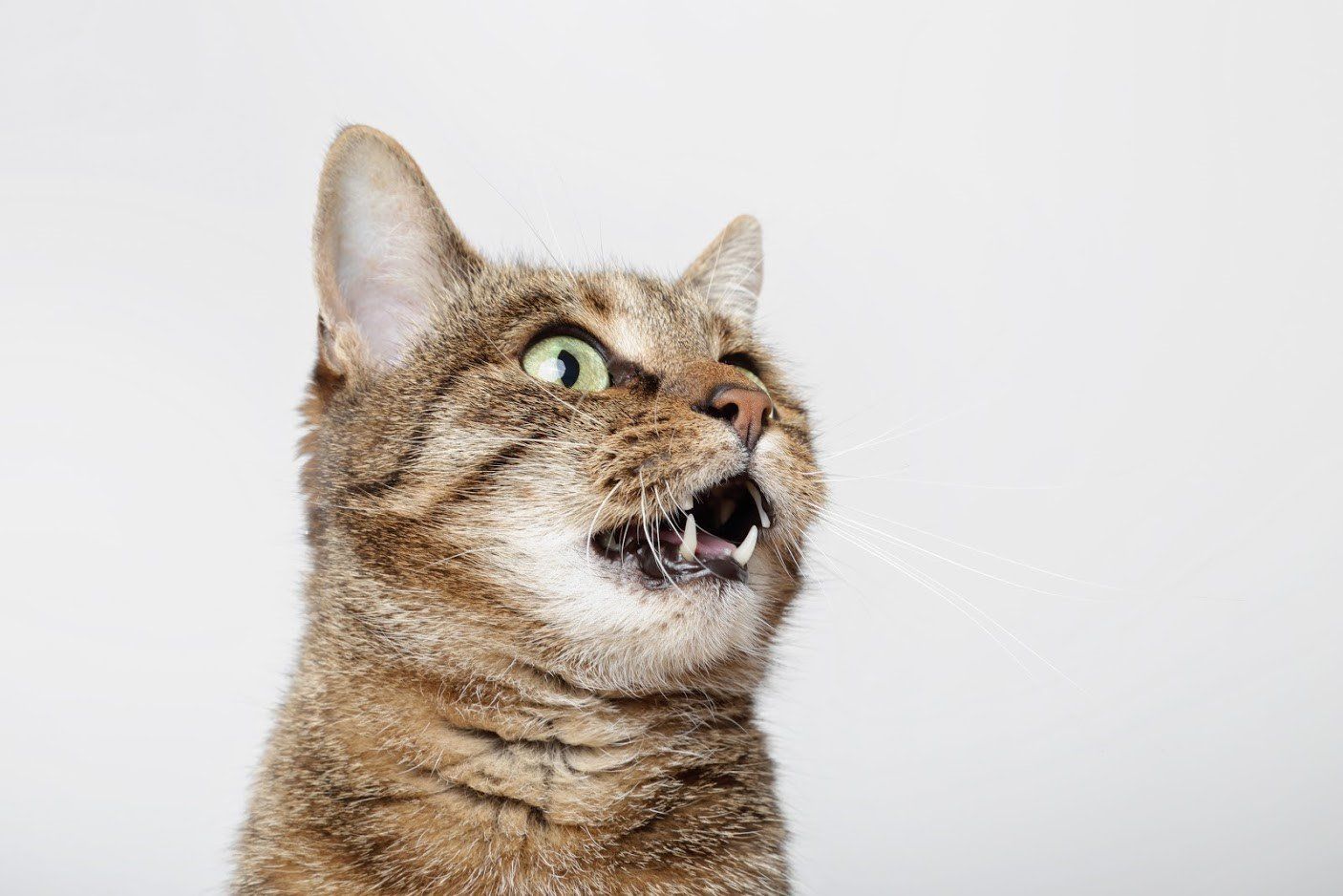
You and your cat can experience many of the same kinds of health challenges, including dental problems. However, while you might struggle with cavities in your teeth due to decay, cats develop a different kind of deterioration in their teeth. This problem, feline tooth resorption, produces painful, cavity-like lesions that weaken the teeth.
Feline tooth resorption commonly affects cats as they grow older, with up to 60 percent of the adult cat population and up to 75 percent of senior cats suffering from the condition. As a caring pet owner, you'll want to acquaint yourself with this dental problem. Take a look at some key facts on the subject.
Tooth Resorption Types and Stages
Like human teeth, a cat's teeth consist of tough enamel covering a layer of cementum and a bony tissue called dentin. The dentin gives a tooth its basic shape and houses the sensitive pulp within the tooth. In feline tooth resorption, the enamel and dentin of affected teeth slowly get consumed by the body.
Veterinarians recognize two main types of feline tooth resorption. Type 1 tooth resorption involves destruction of the crown but spares the roots of a tooth. Type 2 resorption affects both the crown and the roots, with bone slowly replacing the tissues of the roots.
Feline tooth resorption progresses through several stages. In stages 1 and 2 of the disorder, lesions resembling cavities form on the enamel and work their way into the cementum layer of the tooth. In stage 3, the deterioration penetrates the dentin to the pulp. In stage 4, this deterioration causes the tooth to weaken and break up.
Tooth Resorption Causes
No one knows exactly why feline tooth resorption occurs, although reported cases have grown significantly over the past few decades. Genetic factors may determine which cats develop this problem. Periodontal disease, in which chronic inflammation damages the tooth ligaments and gum tissue, may contribute to Type 1 resorption.
Other possible causes or contributors to feline tooth resorption may include dietary factors such as excessive acid levels or nutritional imbalances. Feline immunodeficiency virus and stress on the teeth due to poor dental alignment can also trigger tooth resorption in some cats.
Tooth Resorption Symptoms
Feline tooth resorption may show no visible signs other than gingivitis (gum inflammation) in its early stages, although you may also notice signs of blood in your cat's water or food bowl. As the condition progresses, you may see cavity-like holes developing in the affected teeth or fractures in severely affected teeth.
Cats instinctively hide pain so as not to appear vulnerable to potential threats. However, you can tell whether your cat experiences discomfort due to tooth resorption or other dental issues. Watch for symptoms of distress such as drooling, changes in eating habits or mood, and avoidance of favorite people or toys.
Even if you don't see bleeding gums or holes in your cat's teeth during routine tooth brushing and other home care, you can sometimes tell when your cat has started favoring a painful tooth by examining how tartar collects on the teeth. Excessive tartar on one side of the mouth could mean that your cat avoids using the other side.
Tooth Resorption Diagnosis and Treatment
Your veterinarian can diagnose a case of feline tooth resorption by placing your cat under general anesthesia and then administering dental X-rays. An examination of both the crown and the roots can help determine how far the condition has progressed while also ruling out other possible dental problems.
Treatment of your cat's tooth resorption will depend on how severe the problem has grown. If your cat has only minor tooth damage, your veterinarian may fill the holes in the teeth. However, you should consider this strategy a stopgap measure instead of a solution, since resorptive lesions can continue to grow even after filling.
Sooner or later, teeth affected by resorption require some degree of extraction. In a case of Type 1 tooth resorption, your veterinarian will most likely extract the whole tooth, relieving chronic pain and gum inflammation. If your cat has Type 2 tooth resorption, the veterinarian will extract only the crown of the tooth, leaving the roots.
Tooth Resorption Prevention
Because the exact causes of feline tooth resorption remain unclear, veterinarians find it hard to recommend preventative measures against it. However, the possible link between this condition and periodontal disease should prompt you to clean your cat's teeth regularly, both at home and through professional cleanings.
Dietary changes might make a difference in your cat's risk for developing feline tooth resorption. Ask your veterinarian whether your cat needs to consume more of certain tooth-building minerals such as phosphorus, potassium, calcium, and magnesium, either through a specialized diet or through supplementation.
South Seattle Veterinary Hospital can help your beloved cat enjoy optimal dental health, function, and comfort, from treatment of painful problems such as tooth resorption to routine checkups and cleanings. Contact our office to schedule a wellness evaluation or any necessary dental care for your feline friend.




